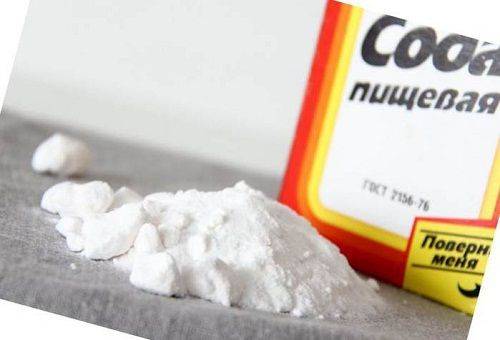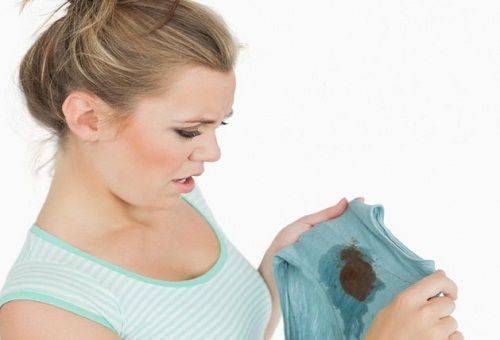Effective DIY stain removers
Content:
Despite the wide range of industrial products designed to eliminate the most persistent contaminants from the fabric surface, many housewives today prefer to use affordable and effective folk products. To prepare a high-quality DIY stain remover, you can use the ingredients that are always at hand.
The same approach may come in handy if your favorite composition is over, and with the matter you need to urgently eliminate strong pollution. Another indisputable plus of homemade household chemicals is the ability to use not only for processing clothes, but also to restore the fabric upholstery of furniture.
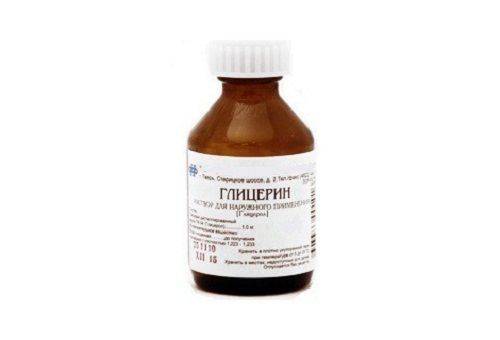
Glycerol
Pretreatment of dirt to increase the efficiency of a homemade stain remover
Having found contamination on matter, you do not need to immediately soak the product in a stain remover or apply the prepared solution to the fabric. The maximum positive effect is possible only if the following conditions are met:
- If the stain is liquid, blot it with a rag. If it’s tight, we scrape it off with a knife.
- The removal of contamination should be started immediately. If this is not possible, then the problem area should be soaked in cool water.
- When working with an old stain, it is necessary to pre-treat it with glycerin.
- At the first stage, you need to make a soap solution and wash the fabric in it. No less pronounced cleansing effect gives sparkling water.
- If possible, then the stain remover on pollution is better to act from the wrong side. You need to work from the periphery of the formation to the center, then the stains will not appear on the fabric.
Most home stain removers give the desired effect from the first use. Only when the tool does not help, it is allowed to increase its concentration and use again.
Effective tools for working with color and white things
Pollution on colored items cause headaches in many housewives. Even industrial compounds in this case are able to spoil the product, because in the process of removing stains, the color of the fabric is often washed out. To prevent this, you need to make a stain remover based on green tea:
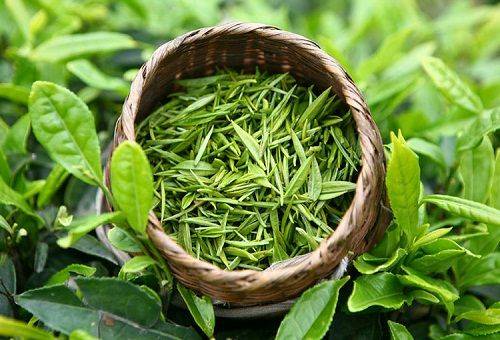
Green tea
- We need a quarter of a standard bar of brown laundry soap, half a glass of fresh and strained green tea, three tablespoons of soda ash, a liter of hot water.
- Rub the soap on a grater, add to water, stir and bring the composition to a boil. When the soap dissolves, add the remaining ingredients and stir until smooth.
- Remove the mass from the heat and cool to room temperature. We take half a glass of the resulting composition and add it to the washing machine.
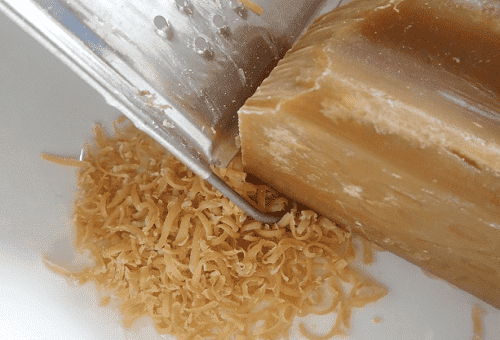
Grated soap
Washing white things at home will not cause trouble if carried out using the following means:
- In a glass of hot water we take half a glass of 3% hydrogen peroxide and baking soda.
- Dissolve soda in water, then inject peroxide and mix. Pour the product into the spray bottle and spray over the stain. If the contamination is fresh, then washing can start after 10 minutes. If you are old, you will have to wait at least 7-8 hours.
After applying these tools, it is best to wash the damaged product in the machine, but even with manual washing approaches give a good result.
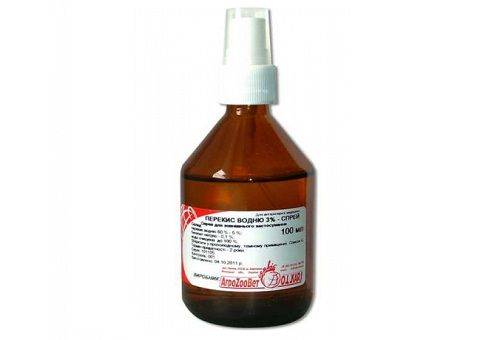
Hydrogen peroxide
We select a stain remover for a specific type of pollution
In addition to the listed universal remedies over the long years of the existence of home household chemicals, many products were invented that are highly effective in influencing a certain type of pollution:
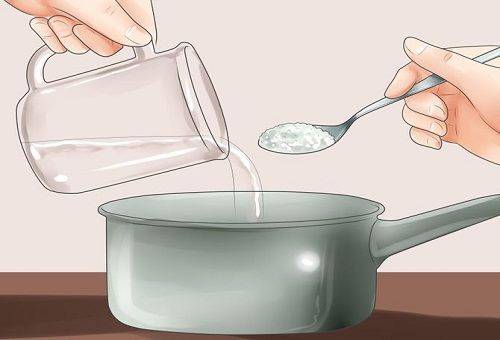
Brine
- Traces of fresh grass quickly eliminates saline. We dilute a teaspoon of salt in half a glass of warm water, apply the composition to the stain for five minutes and rinse with warm water. To remove similar contamination from a white surface, you need to mix 3% hydrogen peroxide with a small amount of ammonia. Apply the product to a stain, lightly three and rinse.
- Yellow spots from perfumes and eau de toilette disappear after processing the affected area with wine vinegar, followed by applying a few drops of acetone. We erase the product as usual and, if necessary, repeat the manipulation.
- It is not difficult to remove traces of fruit juices. Just soak the garment in warm water with the addition of vinegar (tablespoon per liter) and dishwashing detergent (teaspoon per liter).
- Inks go off quickly when treated with acetone. Wet the cotton pad as a part and soak the dirt. We erase the product with the addition of washing powder or gel.
The same means can be used to clean upholstered furniture. Only instead of soaking it will be necessary to blot the stains with active solutions or get to them, unfastening the upholstery.
